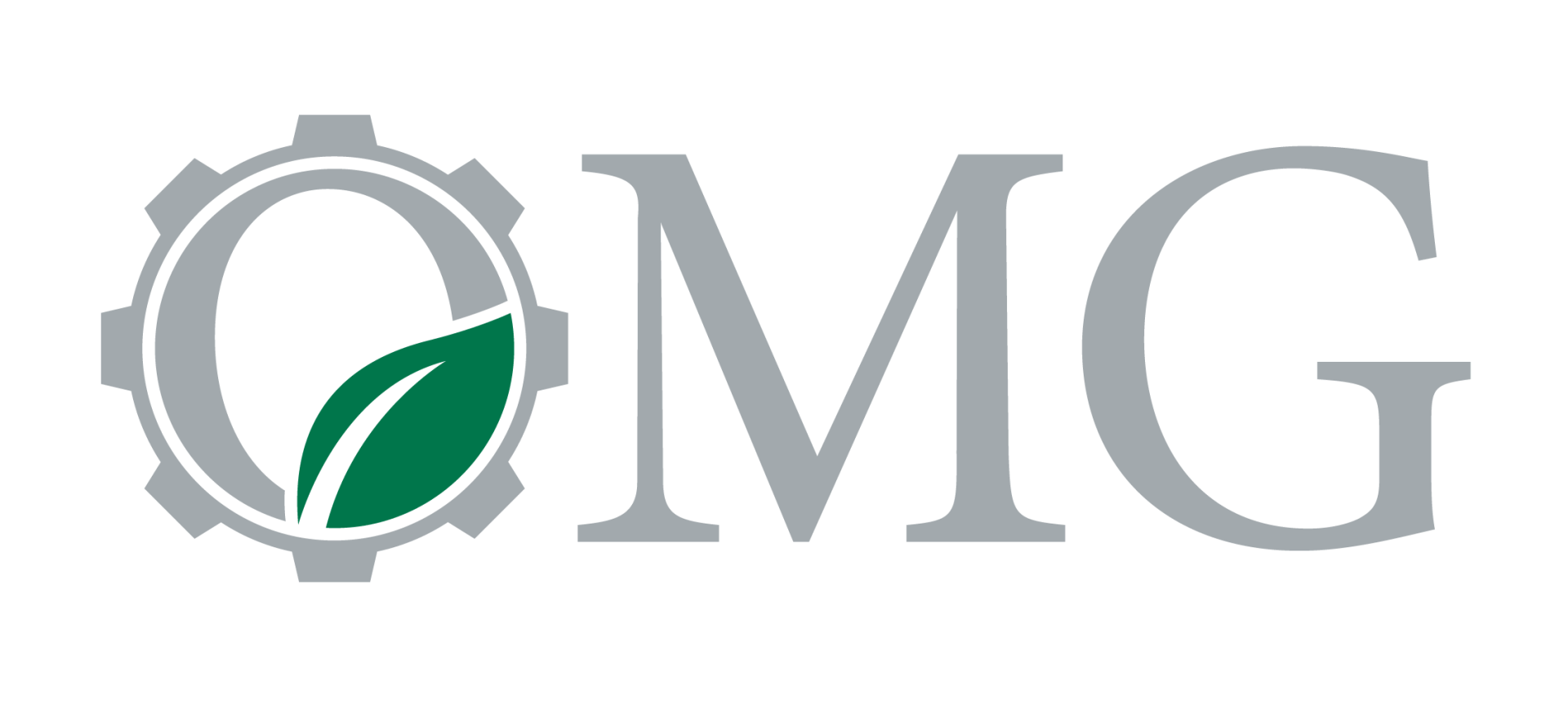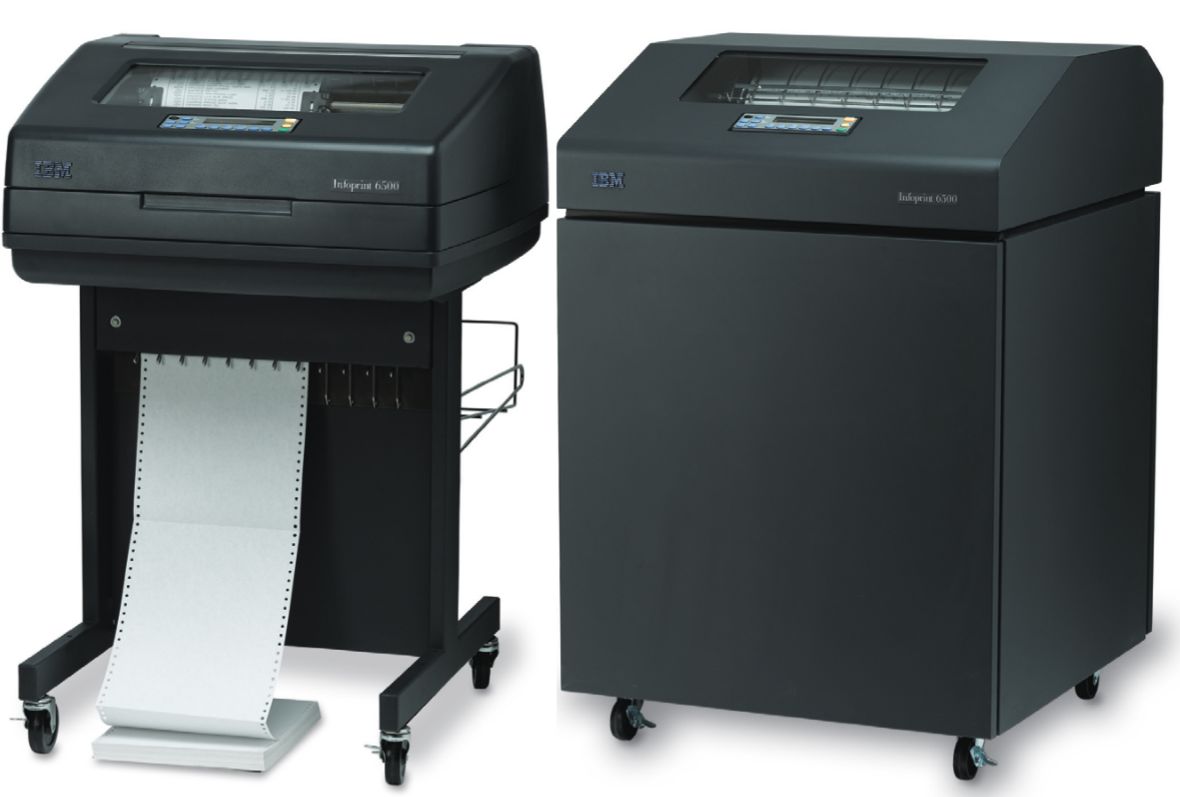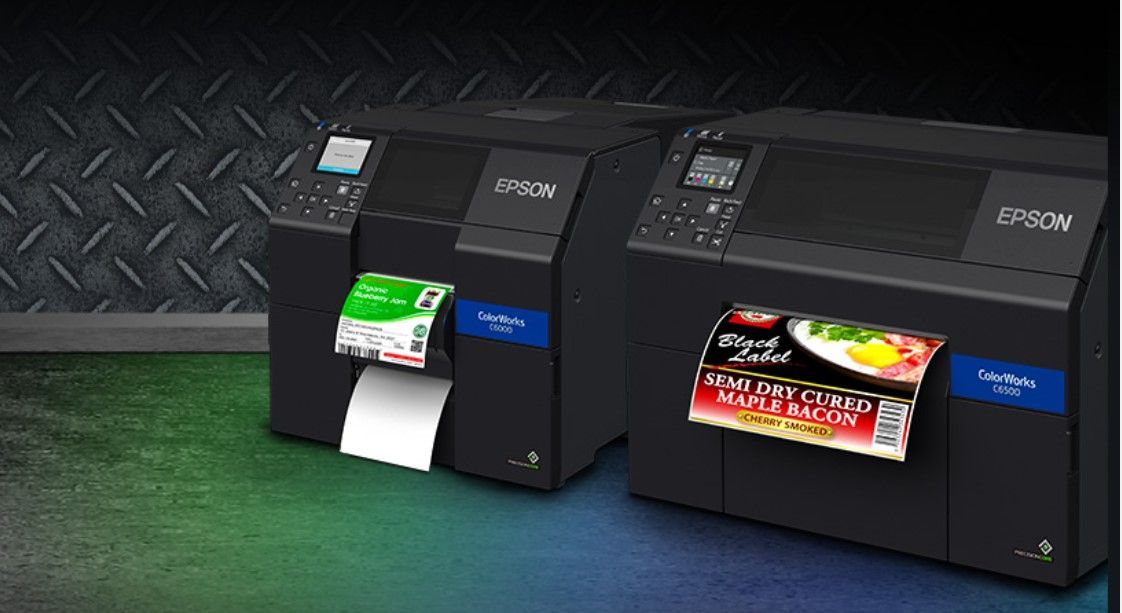News Bulletin
OMG NEWS BULLETIN

08 Feb, 2023
Finely printed color labels are key tools for businesses of all sizes, globally. Epson ColorWorks printers are often chosen to print them, especially when the need is for small batches of labels that are printed quickly. Superlative Foods of Singapore, a manufacturer of organic foods for sale there and internationally, is a good example. According to Founder Angeline Lee, “We make many products, and we do multiple test prints for each.” Her staff used to make multiple trips to an outside print shop for the required tests, but now they handle these prints and many others in-house on their own Epson ColorWorks printer, the desktop Colorworks C3510. Angeline Lee continues, “This device offers us great flexibility to bring new products to our customers at a really fast pace, with great print quality, connectivity, and a very friendly user interface. The Epson printer has enabled us to customize label printing for our customers so we can meet their every need.” Dried Fruit Labels Printed on Epson ColorWorks Printers by Superlative Foods Nut Label from Superlative Foods The challenges that Superlative Foods must overcome will be recognisable to many businesses. Superlative Foods makes dozens of certified organic snack and food products, often in flexible packaging with a colorful pressure sensitive label applied, for distribution to stores as well as hotel and airline clients. The company must print many short runs for its long list of products and do so promptly. Print must represent Superlative’s own brand or the private brand of a key customer, ingredients must be listed as required, and the inks that are used must be food-safe and water/light resistant. Epson C3510 Label Printer The Epson C3510 does all of these things for Superlative Foods, enabling the company to easily print its “high mix, low volume” queue of label print jobs as needed. It brings the young company colorful, high resolution labels on demand, eliminating any need for pre-printed labels, as well as timely, creative print. For Superlative Foods, labels meet two other key needs—regulatory compliance and environmental resistance. Lee states, “For us, Epson printers have been a good value for money. We can print different sizes of labels with just one machine…and we only print what we need! Our partnership with Epson has enabled us to better our business and provide better products to our clients.” A Printer for Every Job The Epson C3510 is part of a now famous line of digital label printers called Epson ColorWorks. Each model prints roll or fanfold, narrow format (4” or 8”) pressure-sensitive paper or film label stock in high resolution. The devices use cyan, magenta, yellow, and black (CMYK) pigment inks to yield vibrant, fade-resistant color graphics, as well as precise monochrome text and barcodes. The CMYK inks—Epson DuraBrite inks—enable Epson ColorWorks printers to rival conventional presses with their digital renderings of specified colors. Epson C830, Printing a GHS Label Epson ColorWorks printers are all tabletop or benchtop size hardware and are trim units that don’t take up much space. Each printer is 100% Epson-made, including the core inkjet heads. In this regard, Epson is nearly alone in the world as a manufacturer of both label printers and their core inkjet heads, giving Epson full control over printer design and production. Labels for Industrial Use While food labels are a regular focus of ColorWorks printers, so are many other types of labels, including industrial labels. To this end, all ColorWorks printers meet the BS-5609 specification for GHS (“Global Harmonized System”) labels, pressure-sensitive labels for chemical drums used in marine and other harsh environments. Smark Company , a California distributor of specialty chemicals for the textile, oil, and other industries, has implemented the Epson C7510 for GHS label printing at its operations worldwide. Like Superlative Foods, Smark has a high mix of low volume print jobs and a great need for timely, precise printing from in-house digital printers. Its labels must identify very different products, such as solvents. According to Michael Garcia, Smark’s Supply Chain Manager, “We previously used laser printers to produce our labels, but we had a problem with paper jamming. Ultimately, we were wasting a lot of labels and a lot of ink. With the C7510, we’re so much faster with our work. Also, the appearance of the labels is great, and the labels printed on the C7510 are more durable — a solvent can spill on a label and nothing happens to it!” Smark’s managers also praised the Epson printer for its “total cost of ownership” (cost for the printer and its supplies, over time), estimating them to be 20% lower than the costs of competing laser printers. Epson C7510 For Chemical Drum Labels – GHS Chemical Label Sample These Epson ColorWorks printers have thus “decentralised” color digital label printing, enabling businesses to print color labels for themselves on-site, as needed, and cutting their reliance on outside label converters. In the process, Epson ColorWorks printers have come to mostly connote “print-for-use” installations at such companies, rather than “print-for-pay” installations at label converters and other print service providers. At the same time, however, some Epson ColorWorks label systems do sometimes serve profitably in the operations of print-for-pay service providers, usually small ones. These companies must meet the print needs of many clients for small batches of color labels, whether for food products, industrial products, or something in between. New Additions Epson has further strengthened its product line with the recent introduction of its ColorWorks C6050 series and C6500 series. These new devices are: C6050 Series: These 4” devices include the C6050A (auto cutter) and C6050P (auto peeler). They feature a maximum print width of 108mm and a maximum speed of 119mm/s (300×600 dpi). C6500 Series: These 8” devices include the C6550A (auto cutter) and C6550P (auto peeler). They feature a maximum print width of 211.9mm and a maximum speed of 85 mm/s (300×600 dpi). These on-demand label printers feature bespoke, flexible, colour labeling as well as support for a wide range of label sizes. They further extend Epson’s range to meet the needs of small and medium-sized batch customers across a variety of sectors, including food, chemical, beverage, and manufacturing. In practical terms, this new series of label printers can print everything from tiny labels for vaping liquid bottles, to large durable labels for chemical drums. Additionally, a movable sensor enables printing on any shape without the need for a second die cut. These devices also incorporate a number of technical tools to help with printer management, configuration, and maintenance. They offer high quality, high resolution, four-color print output as standard, as well as colour matching functionality for impactful on-demand colour labels. All of these printers also feature easy integration. The Bottom Line Superlative Foods, Smark, and thousands of other companies worldwide have selected ColorWorks products because of their utility, quality, and value. The newest introduction of the CW-C6500 series provides further evidence of Epson’s strength and ongoing commitment to the needs of the market.

01 Jul, 2022
OMG updates its logo to compliment its expanded service offerings beyond printers, now providing support and 3rd party services and support for IT computing systems. It's new logo features a gear vector image to represent OMG's services in motion to be a focused and well-trained service provider for mission-critical hardware support and service on servers, storage, computer & printer devices important for daily operations. With resources throughout US & Canada, we provide hardware installations, onsite service repair, depot repair, preventive maintenance, parts, accessories, and supplies. OMG dedicated help desk team will manage endpoint needs from start to finish. Delivering personalized services and support for business-critical workstation devices from office operations to the warehouse.

28 Feb, 2022
Understanding the true cost of printing Although there is considerable focus today around cost per page due to the increasing adoption of managed print services, there is little focus on understanding the total cost of printer ownership. When purchasing a new vehicle, it is in our best interest to not only focus on MPG, but also on anticipated maintenance costs, life expectancy, function & capability, comfort, safety, emissions, and much more. When selecting printers that are to produce the business-critical documents needed for the manufacture or movement of goods, likewise, it is in the best interests of businesses to consider far more than the only cost per page. Decision managers of companies required to print moderate to high volume or in harsh environments cannot rely only on cost per page to decide the best technology. It is necessary to consider the following aspects: Life Expectancy: Printer lifespan based on the company’s usage and print requirements. Function & Capability: How the technology will withstand the environmental conditions to which it will be submitted. Day to Day Operating Cost: Aspects of the daily use to be considered, such as consumables costs, paper, required user intervention, electricity. Sustainability: The benefits of choosing a more sustainable technology. Life Expectancy Most IT personnel would unanimously agree that the longer an asset can last, the better, as much time and expense is involved in refreshing installed equipment. The average life span for a business Laser printer is 3-5 years, assuming 1.) Print volumes are on the low end of the recommended monthly duty cycle, 2.) The environment is climate controlled with virtually no fluctuation in temperature or humidity, and 3.) The air is free from any airborne contaminants such as dust. In contrast, the average life span of a line matrix printer is around 7-10+ years, regardless of environment or monthly print volume. Function & Capability For the same reason it is unwise to consistently haul more payload than a particular truck is rated for, inappropriate printer technology placement will lead to an increasing frequency of downtime, and ultimately premature failure. Laser printers by design require clean air and precisely controlled temperature and humidity for optimal functionality and longevity. Extreme temperatures, or even variations in temperature, can cause condensation to occur within the device which can lead to electrical component failures. Airborne contaminants will build up over time on the rollers and drum which ultimately cause more frequent paper jams and print quality degradation. Humidity can cause cut-sheet media to curl, which will also lead to more paper jams, and static electricity can cause multiple sheets to stick together … again, leading to more paper jams. Line Matrix Technology is designed to tolerate a much broader range of environmental conditions as the stored energy shuttle matrix print engine is virtually impervious to temperature swings, humidity, and airborne contaminants. For this reason, Line Matrix remains the technology of choice for businesses who need to print documents or labels within industrial environments, and are unwilling to compromise on output reliability. Day to Day Operating Cost From a day to day standpoint, the hard operating costs include paper, toner/ribbon, maintenance kits (Laser only), and electricity. The soft operating costs include user efficiency related to required user intervention. Laser typically gets the win on the cost of paper, as cutsheet paper is more widely used and therefore, is more competitively priced. Line Matrix is the winner on energy consumption, and non-paper related consumables as the consumables cost per page of a typical business Laser printer is 5-6X that of a Line Matrix printer… the reason for which is the complexity and cost of Laser toner cartridges which contain chemical toner and many other components including rollers, blades, and a toner waste bin. As for soft costs, either Laser or Line Matrix could get the win as both have unique advantages. In some cases Laser may be favored if the business prefers to deal with separate cut sheets of paper, however, in other cases continuous form media holds an intrinsic value in terms of maintaining the order of printed sheets and the integrity of a multi-page document. Sustainability 10-15yrs ago sustainability didn’t have near the focus it does today, however, now most large enterprises have dedicated Sustainability Officers whose sole objective is to ensure the company is engaging in proactive initiatives to minimize the total environmental impact. Even though Line Matrix may be perceived by many to be an old technology, it remains to be the most sustainable method of printing from the standpoint of 1.) Energy consumption – ~30% less than a typical business Laser printer, 2.) Longevity – 2-3X the lifespan of Laser, 3.) Far less chemicals & materials used in the manufacture of the consumables – Printronix Line Matrix Cartridge Ribbons consist only of a plastic housing (made from 100% recycled plastic resin), ribbon fabric, ink & gears, and 4.) Considerably less consumables waste. Conclusion In summary, Laser and Line Matrix printers each have their strengths and weaknesses, however, for moderate to high volume print requirements Line Matrix is the clear winner, regardless of office or industrial environment, from the standpoint of lifetime operating cost and environmental impact cost. When printing within industrial Environments, the lead of Line Matrix will be much greater considering the environmental forces that will likely cause premature failure of Laser technology devices.
OMG - Output Management Group Help Desk: 866-626-4567 email: service@outputmgroup.com
Content, including images, displayed on this website is protected by copyright laws. Downloading, republication, retransmission or reproduction of content on this website is strictly prohibited. Terms of Use
| Privacy Policy



